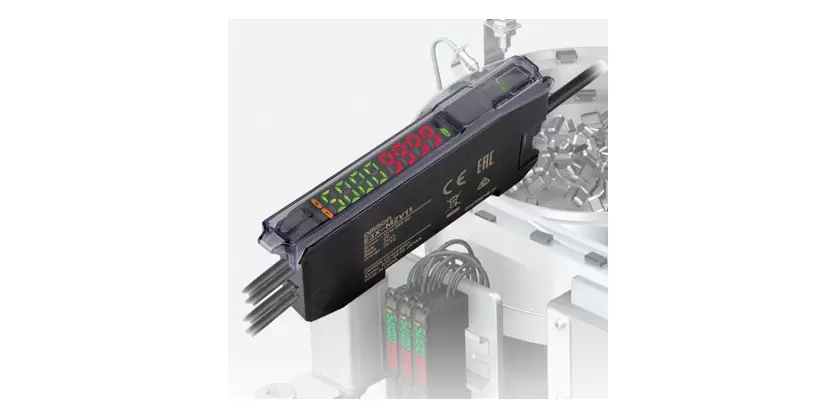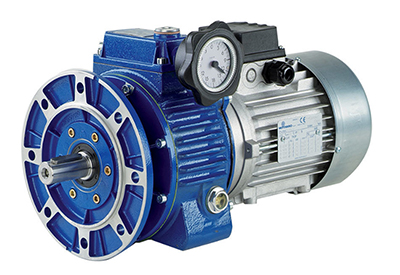Introducing Omron’s Latest E3X-ZV and E3X-MZ Smart Fiber Amplifiers Enhancing Efficiency and Reducing Downtime
May 7, 2024

Omron’s E3X-ZV and E3X-MZ Smart Fiber Amplifiers offer seamless integration reliable detection, cost reduction, and enhanced operational efficiency for optimized industrial sensing capabilities
Omron Automation Americas, a global leader in industrial automation solutions, announces its’ latest innovation in industrial sensing technology – the Smart Fiber Amplifier. This product is designed to improve the way industrial sensing is approached, offering a range of key benefits that can significantly enhance operational efficiency and reduce costly downtime.
The Smart Fiber Amplifier is ideal for presence or absence detection of objects or registration marks, detecting objects or marks in tight spaces or on end effectors.
Key Benefits of the E3X-ZV and E3X-MZV:
- Seamless Integration: The Smart Fiber Amplifier seamlessly integrates into existing machinery, overcoming space constraints and optimizing sensing capabilities.
- Reliable Detection: With the Smart Fiber Amplifier, you can ensure reliable detection and predict potential failures, minimizing costly downtime.
- Cost Reduction: Experience cost savings without compromising on performance with OMRON’s Smart Fiber Amplifier.
- Enhanced Operational Efficiency: The Smart Fiber Amplifier increases uptime, improves production output, and streamlines processes, empowering operations to reach new levels of efficiency.
- Advancing Industrial Automation: Stay at the forefront of automation technology with the Smart Fiber Amplifier, which offers increased automation, reduced manual intervention, and improved overall system performance.
More Information
E3X-ZV and E3X-MZ Smart Fiber Amplifiers
Related Story
Traceability 4.0. How Omron Can Help You Get More Out of Your Digital Transformation
Traceability is necessary to verify that proper materials, quality, testing, and assembly have been completed. It helps maintain brand loyalty via customer transparency, and it provides information about product quality and supply chain. Traceability can provide a staggering number of data points, and it can be challenging to know how to best make use of this information.
Today, more industries are starting to adapt these same track and trace processes, not necessarily to protect themselves in the event of a recall or issue, but because they recognize the advantages the data from traceability can provide. They see the potential for using this data in a proactive way.





